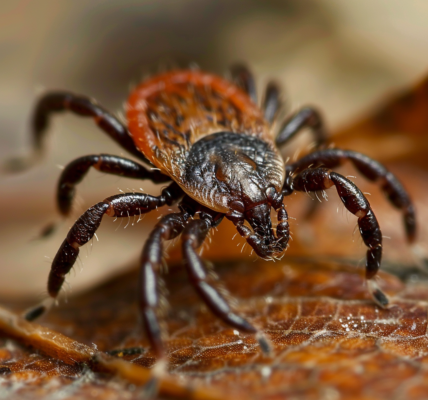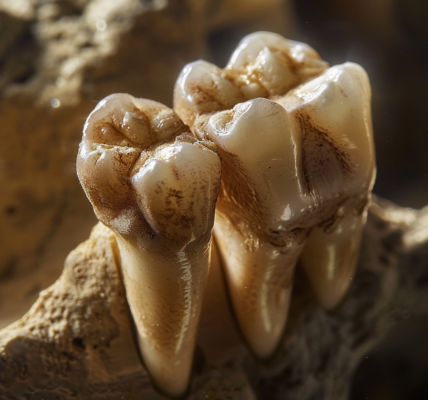A recent study published in the Journal of Experimental Medicine has shed light on the activation of nasal innate immunity in children through frequent host-pathogen interactions. The research indicates that children exhibit heightened nasal innate immune responses compared to adults, irrespective of severe acute respiratory syndrome coronavirus 2 (SARS-CoV-2) infection.
Prior to the pandemic, data suggested that children have a higher prevalence of colonization with airway pathobionts and experience more frequent viral infections than adults. Even the presence of pathobionts or asymptomatic viral infections could trigger a mucosal response in the host, potentially leading to an enhanced nasal immunity in pediatric populations.
The study proposed that a greater burden of bacterial pathobionts or viruses might be driving the heightened nasal immunity observed in children. The research aimed to investigate whether the abundance of pathobionts during sampling could predict nasal immunophenotypes in children.
The study, conducted between June 2021 and January 2022, analyzed nasopharyngeal (NP) swab samples from individuals aged 22 and below. Samples were collected during a period with minimal pediatric COVID-19 cases and during the Omicron surge, which saw a significant increase in pediatric infections in the United States.
Overall, 176 samples were collected in 2021 and 291 in 2022. Non-SARS-CoV-2 viruses were detected in a portion of the samples, with a higher prevalence of respiratory viruses observed during the Omicron surge. Notably, rhinovirus (RV) was the predominant virus in 2021, while SARS-CoV-2 was more prevalent in 2022.
The study also tested for three common bacterial pathobionts using quantitative polymerase chain reaction (qPCR) tests. The findings revealed that the prevalence of respiratory viruses was higher than what was clinically detected, suggesting a potentially significant role of these pathogens in driving nasal immunity in children.
In conclusion, the study highlights the impact of frequent infections and pathobionts on boosting nasal immunity in children. Understanding the mechanisms behind heightened nasal immune responses in pediatric populations could have implications for developing targeted interventions to enhance immunity and combat respiratory infections.





